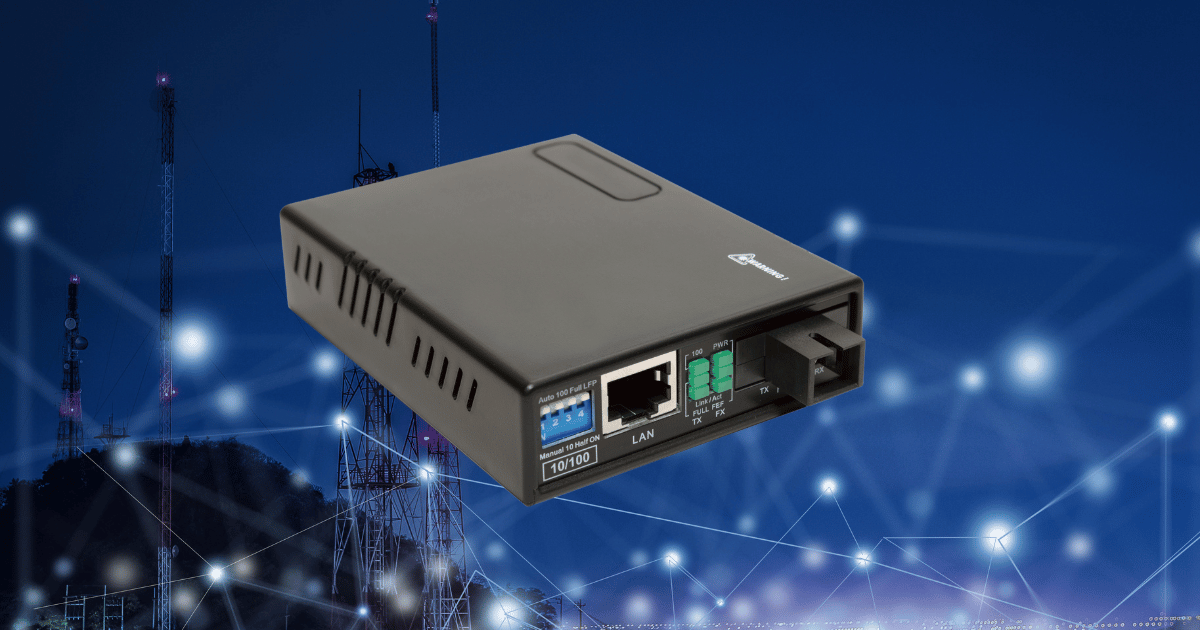Fiber Optics Networks Applications in the Military Environment: Know the Main Benefits

Efficient and secure communication plays a crucial role in modern military operations. As technological advances demand more bandwidth, fiber optics have become essential in military communications.
This article highlights the characteristics of fiber optics and how they address the needs of security, reliability, speed, and resistance to electromagnetic interference, which are critical in the military context.
By understanding these characteristics, we will understand the advantages that this transmission medium brings in terms of operational efficiency, information security and reliable communication in extreme scenarios.
Understanding Fiber Optic Networks Applications in the Military Environment
Fiber optic networks have revolutionized communication and data transmission in various industries, including the military. With their specifications, fiber optic networks address the challenges faced by the military in this area.
Traditional copper-based networks struggle to meet the military's requirements for reliable and secure communication. Fiber optic networks overcome these challenges by providing the necessary characteristics, that are reliable and suitable for demanding military operations.
Advantages of these Applications
There are a lot of advantages that fiber optic networks applications in the military environment bring, such as:
Increased Security
In a military context, where strategic and sensitive information is constantly being transmitted, the security of this information is of paramount importance. Fiber optic networks can help in this, as it provides:
- Immunity to Electromagnetic Interference: Optical fiber is immune to external electromagnetic interference. It does not emit any radiation and therefore it is not possible to pick up this radiation and "listen" to communications as with copper cables or radio or microwave transmissions.
- Impossibility of Interception of Signals: As it is a physical channel of communication, it is impossible to intercept the signal. Unlike radio or microwave transmissions that are easily captured and decoded.
- Encryption: Fiber communication allows advanced encryption. Transmitted data can be robustly encrypted. This together with the inherent security of the physical medium, makes fiber optics the ideal option for sensitive communications.
- Intrusion Detection: Optical fiber also allows for the installation of intrusion detectors along the cable using the fiber itself as a detector. This alerts for the proximity of people or machinery. It can be an effective alarm system and a "pre-detection" of attempts to tamper with the cable.

Enhanced Bandwidth and Data Transfer
Another great advantage of optical fiber networks application in the military environment is the ability to transmit information at high speed. The high bandwidth enables communication speeds unmatched by other media such as copper or wireless.
-
Fast Response: The very high transmission capacity allows information to be transmitted in near real time. This enables rapid responses to events, which is essential in a military context.
-
Intensive Data Sharing: Modern military operations increasingly rely on sharing large amounts of data, high-resolution images, surveillance videos, sensors, geospatial information and more. Optical fiber has sufficient bandwidth to respond to all these systems quickly and efficiently. This allows military units to plan and execute joint operations.
-
Virtual and Augmented Reality: New technologies such as virtual or augmented reality have a growing role in training and tactical operations. These applications require high data transfer rates between electronic equipment and sources of electromagnetic interference, without compromising proprietary communications.
Reliability
In this context, communication must travel long distances and, sometimes, harsh environments. The specifications of this context make copper networks applications somewhat unreliable, as they are more prone to degradation of signal when exposed to such conditions. Fiber optic networks allow for a more seamless communication without interruptions.
-
High-Quality Transmission over Long Distances: Fiber optic networks use light signals that can travel long distances without significant signal degradation. Unlike copper-based networks, fiber optics do not require frequent signal regeneration, which makes them more reliable and safer for long-distance transmissions.
-
Resilience to Harsh Environmental Conditions: Fiber optic cables are designed to withstand different temperatures, ranging from frigid cold to scorching heat. They are resistant to moisture and humidity, ensuring reliable operation in harsh and humid environments. This resilience allows fiber optic networks to maintain consistent performance and communication capabilities, even in challenging conditions.
Easier Deployment
Fiber optic networks offer the advantage of reduced size and weight requirements, making them highly advantageous in the military context, that usually requires longer-distance coverage. Compared to traditional copper-based networks, fiber optics enable lighter and more compact communication infrastructure, allowing for easier deployment and mobility in military operations.

Tactical Applications
Optical fiber is ideal for a variety of tactical applications. It contributes to improved operational effectiveness and real-time situational awareness on the ground.
- Remote sensing systems: Fiber is widely used in terrain sensing systems, such as vibration, temperature, or pressure sensors. These can be installed using one of the fibers of any cable to monitor activities in sensitive areas such as armories, borders or conflict areas. These sensors can identify movements of people or machines, possible threats or assist in intelligence and surveillance operations.
- Communication in hostile environments: One of the great advantages of fiber optic cables is their immunity to electromagnetic interference. This makes it especially suitable for hostile environments such as combat areas or operations in a high electromagnetic interference environment, where traditional communication systems (copper or wireless systems) can be easily intercepted or interfered with.
Challenges and Myths
While there are some issues that remain challenges in the development of fiber optics in the military context, rapid development has mitigated or even negated some of them.
- Initial Cost: A few years ago, the initial cost of implementing an all-fiber communications network was high. Today, with the widespread use of fiber in everything that needs to communicate, this cost is extremely low. On the other hand, the increase in the cost of copper and electronic equipment for wireless networks, makes fiber optics networks have the lowest initial implementation costs.
- Specialized Maintenance: Being a passive network, the need for maintenance is very low. The robustness of the cables, especially the tactical cables (used in military environment), is such that it is very difficult to damage one of these cables. But when some kind of repair is needed, maintenance is no longer an issue. Many people are already trained, educated and comfortable with fiber optics.
- Physical Vulnerability: Although fiber is resistant to electromagnetic interference, it is vulnerable to physical damage, especially in a hostile environment. Major developments have been made in this field, the use of tactical cables of high mechanical strength and the use of underground channels for cable routing and redundancy of cable paths partly solves this problem.
The high-speed data transmission provided by fiber optics enables fast and efficient sharing of information in real time, allowing informed and rapid decision making.
Fiber optics' immunity to electromagnetic interference, the near impossibility of eavesdropping or hijacking the transmitted information makes it the most secure and reliable medium. Although it has some physical vulnerability, optical fiber offers a reliable, secure, and high-speed solution for existing military applications.
Fiber optic technology continues to evolve, new applications and developments will emerge, further extending its advantages in general and consequently for military applications. It is future-proof. We don't know what communication speed we will need in the near future with the development of new military solutions, but we do know that they will use fiber optics as a means to communicate.


